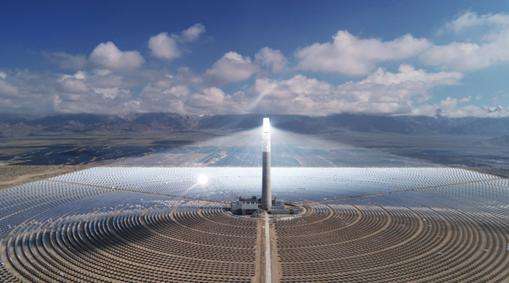There are abundant wind energy resources and vast flat areas at sea, making offshore wind power generation technology a hot spot for research and application. The commercial operation of multi-megawatt wind turbines in offshore wind farms is a new trend in wind energy utilization at home and abroad. With the development of wind power generation, the total number of wind turbines on land has become saturated, and offshore wind farms will become the focus of future development. Offshore power generation is a new field for the development of the international wind power industry and is the “direction within the direction”.
China's offshore wind energy resource reserves are much larger than those on land. The available wind energy resources at a height of 10 meters exceed 700 million kW, and they are very close to the power load center. Shanghai has begun the construction of offshore wind power projects. By 2010, Shanghai's total installed wind power capacity will reach 200-300 MW. To achieve this goal, mainland China's first offshore wind farm will be built on both sides of the Donghai Bridge, China's first long-distance cross-sea bridge.
Analyze the favorable and unfavorable conditions of offshore wind power compared with land-based wind power
Offshore wind power and high-altitude wind power.
1. Offshore wind power generation. With the full development and utilization of land wind resources, judging from the development trend in recent years, offshore wind farms will be the main battlefield for wind power generation in the future. Offshore wind farms have the advantages of high wind speed and good stability. Public data shows that global offshore wind power installed capacity has exceeded 20GW, and there is still greater room for development in the future. At the same time, the construction of offshore wind farms will also drive the development of corresponding industrial chains and technological progress.
2. High-altitude wind power generation. With the advancement of science and technology, high-altitude wind power generation has become a new wind energy power generation method that has attracted much attention. High-altitude wind power generation achieves electrical energy conversion by suspending energy storage devices at high altitudes and using high-altitude wind power to rotate generators. The advantage of high-altitude wind power generation is that it does not depend on surface wind speed and topography, and can make full use of stable high-altitude wind resources. At the same time, high-altitude wind power generation is in the experimental stage, and its future development prospects are highly anticipated.
1: Favorable conditions, wind resources are relatively stable. The wind direction and speed are relatively stable, and the turbulence intensity is low. There are fewer transportation restrictions and fewer lifting restrictions, which is more conducive to the installation of large wind turbines.
2: Unfavorable conditions, difficult infrastructure installation, and prominent anti-corrosion issues. Wind farm wiring is difficult. Transportation difficulties for wind farm maintenance














